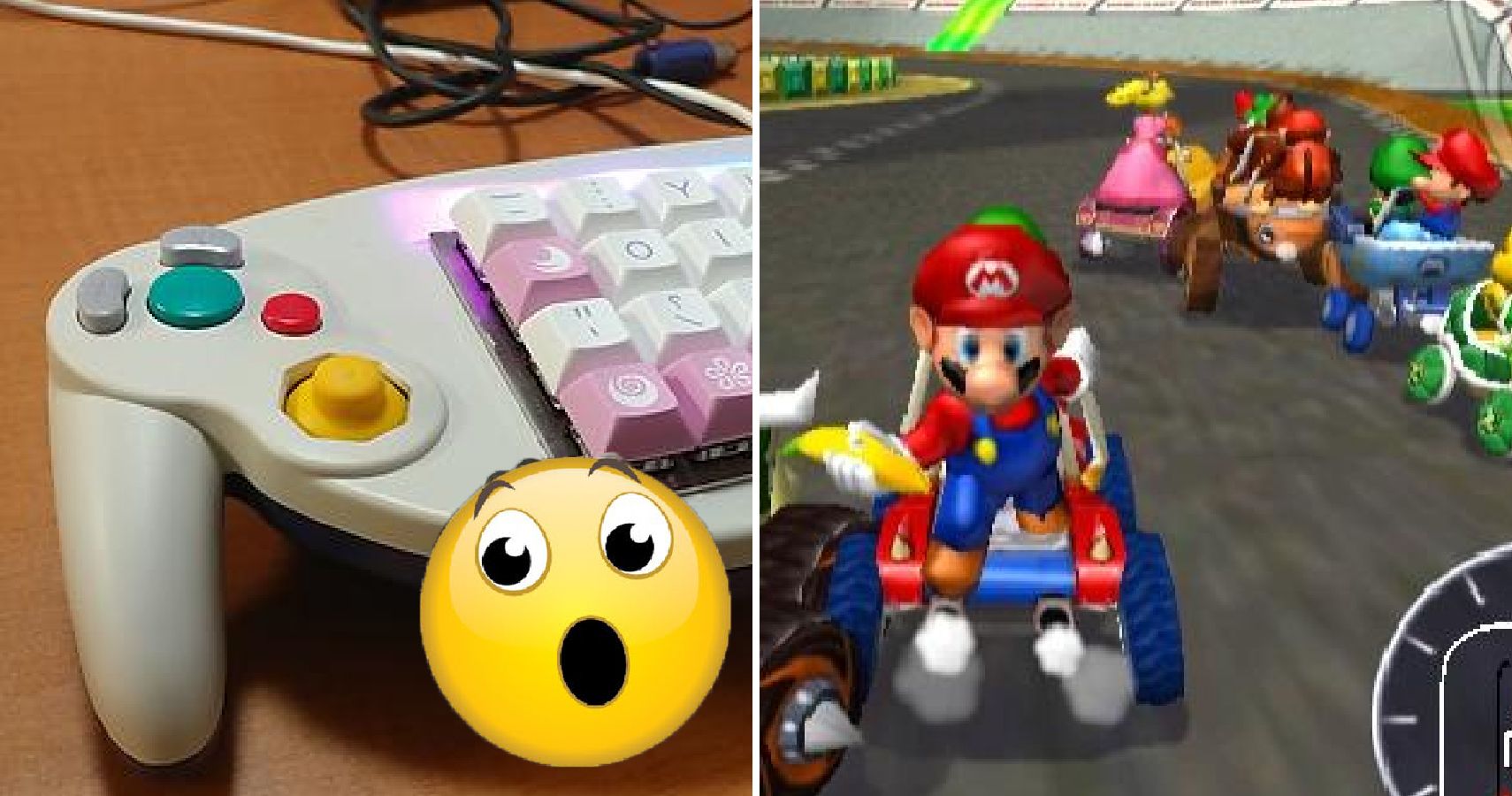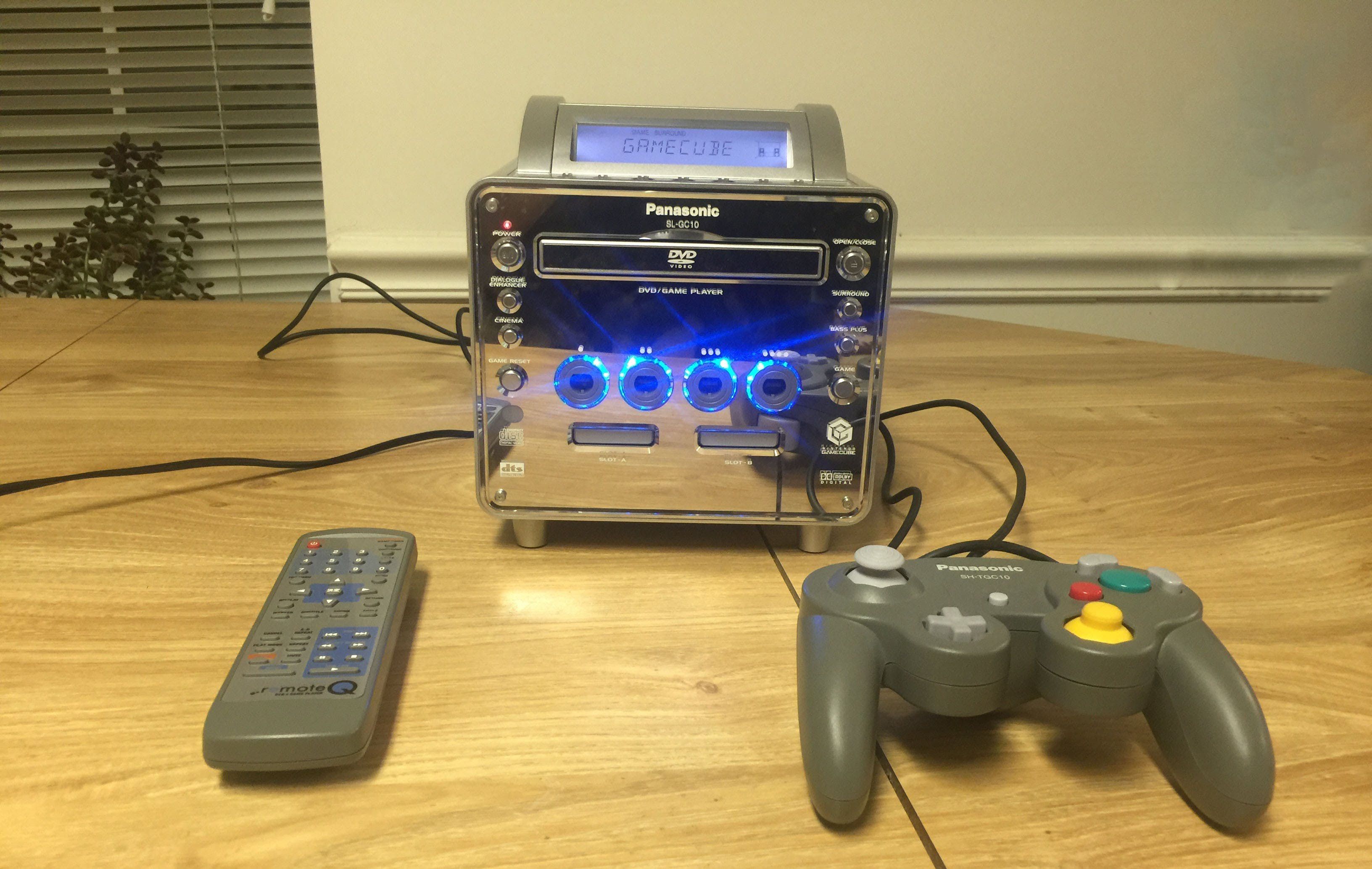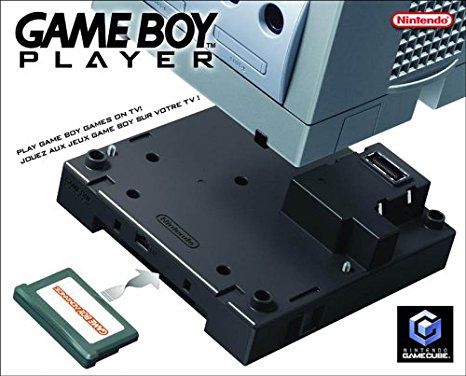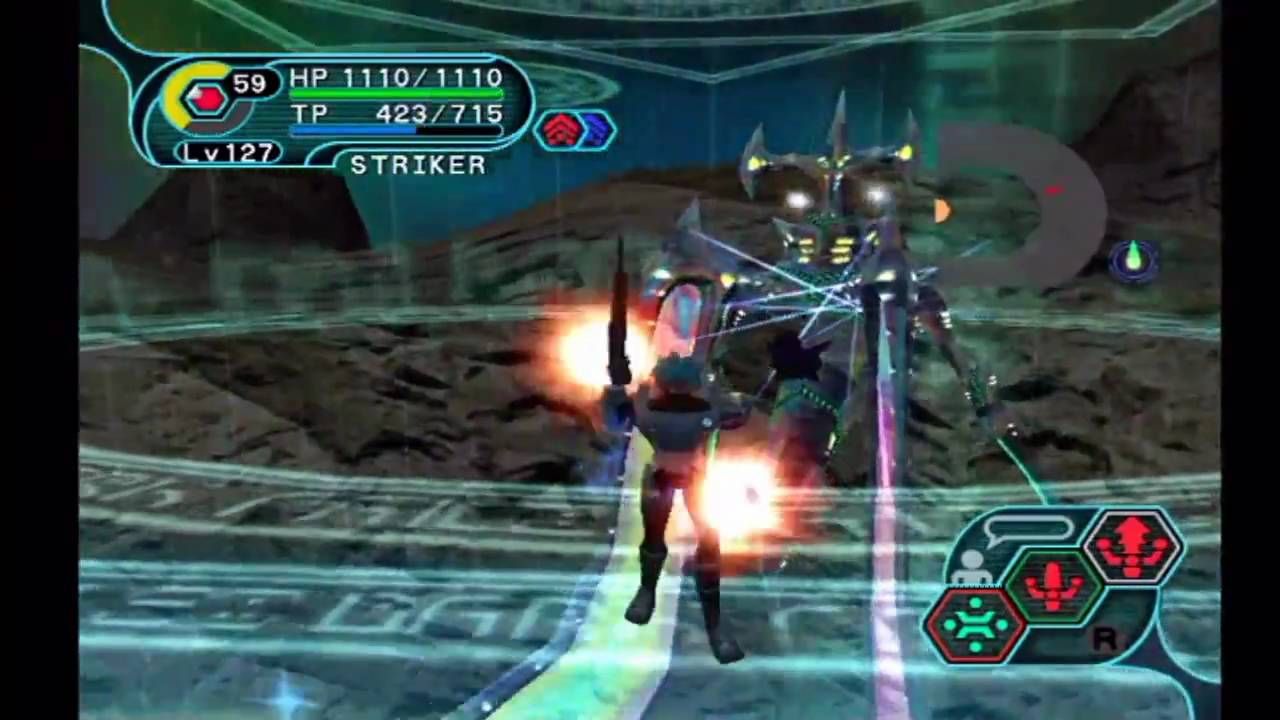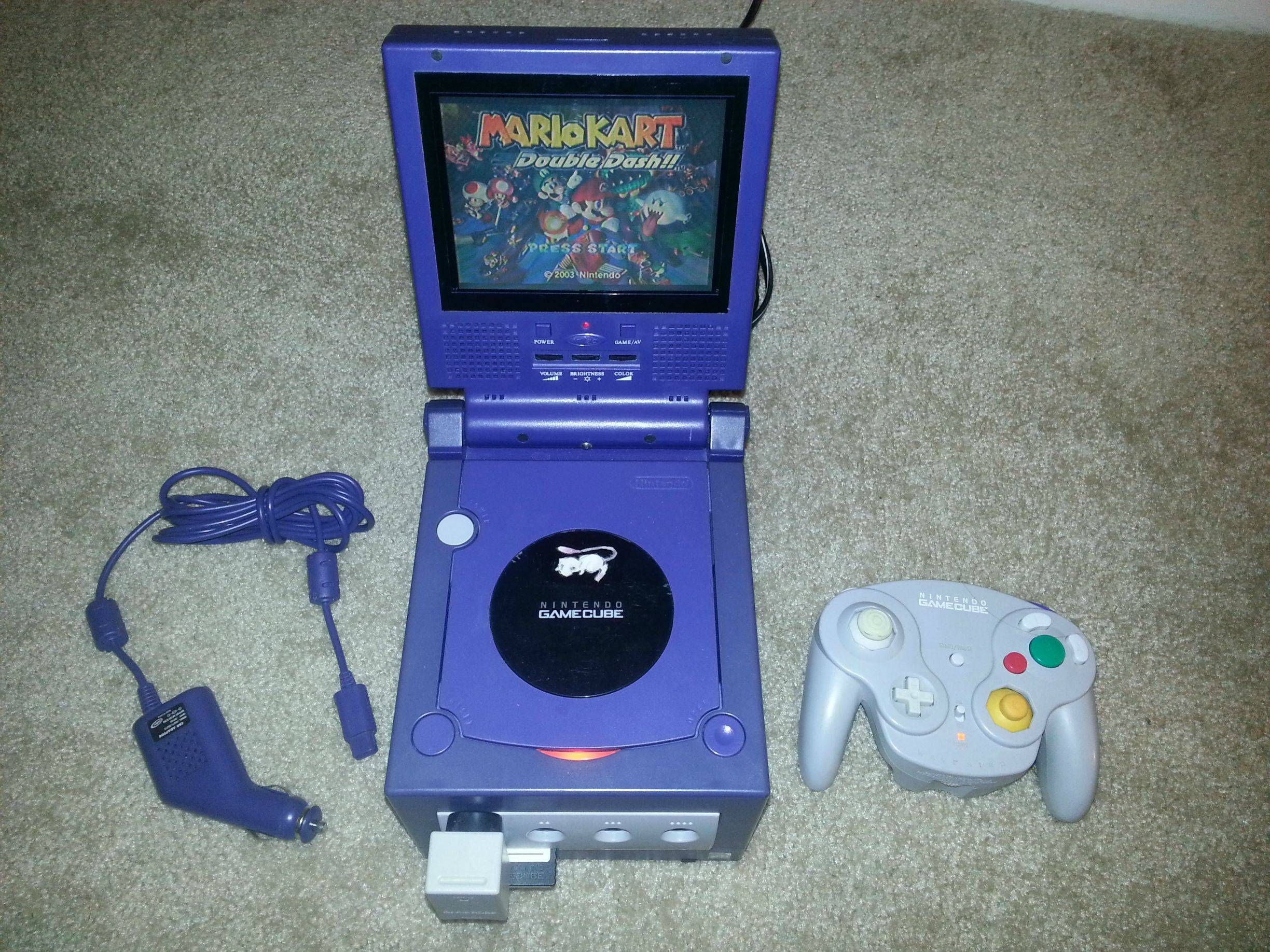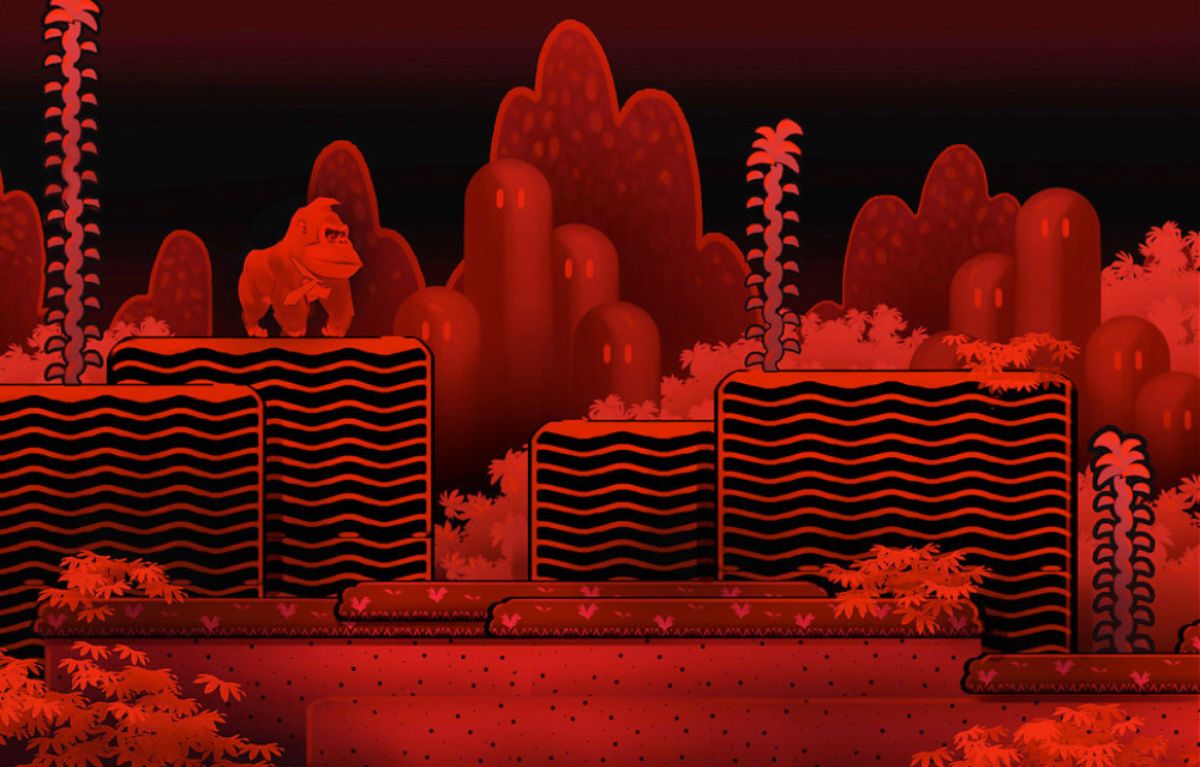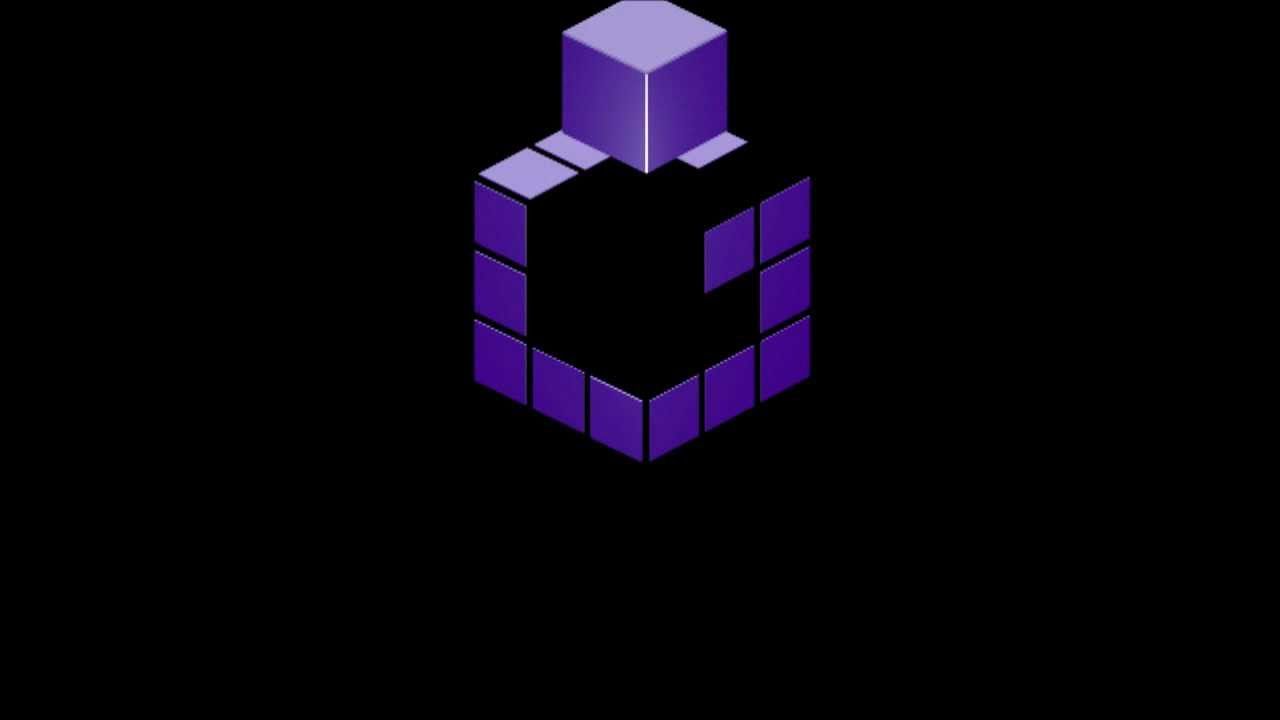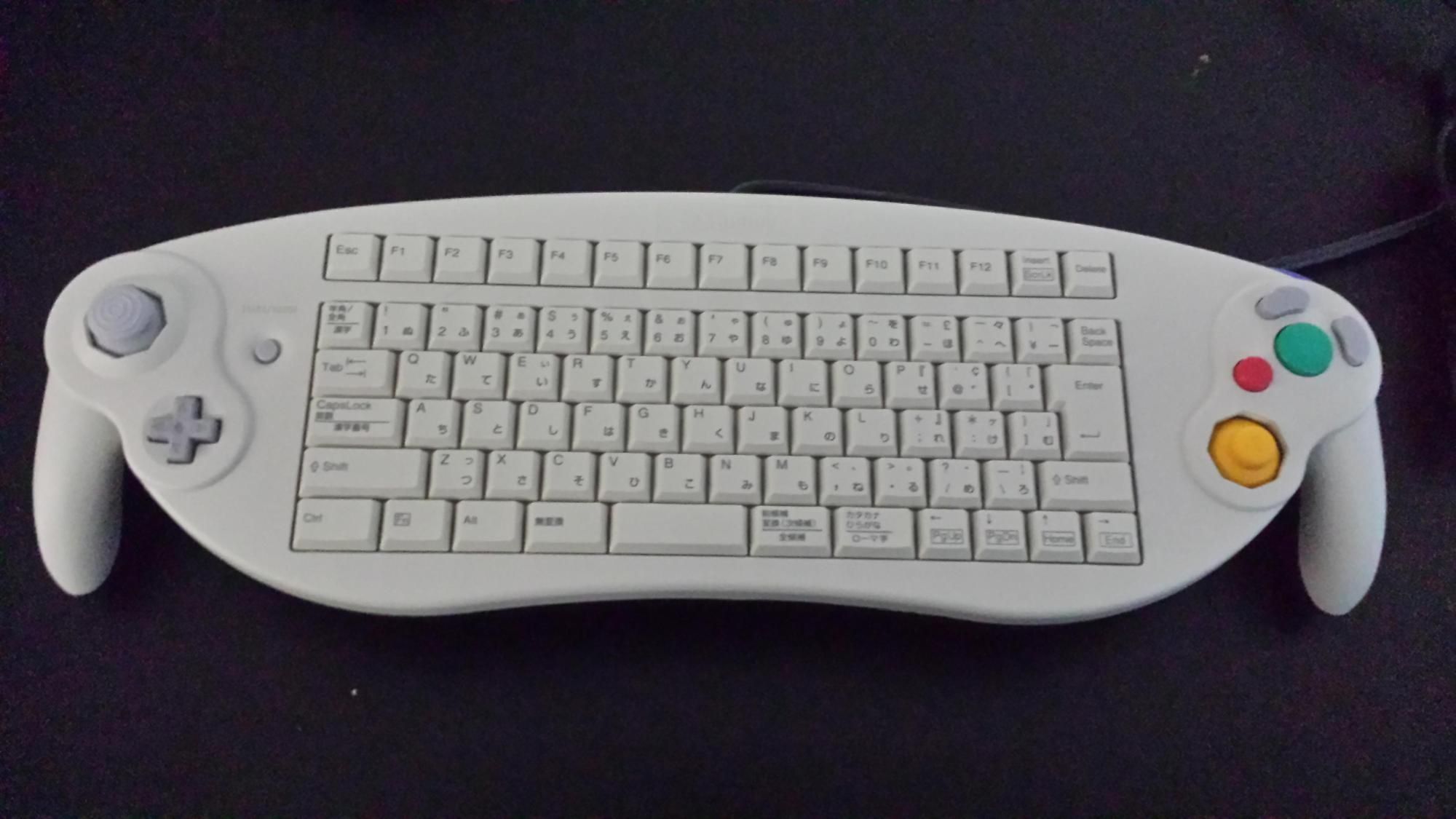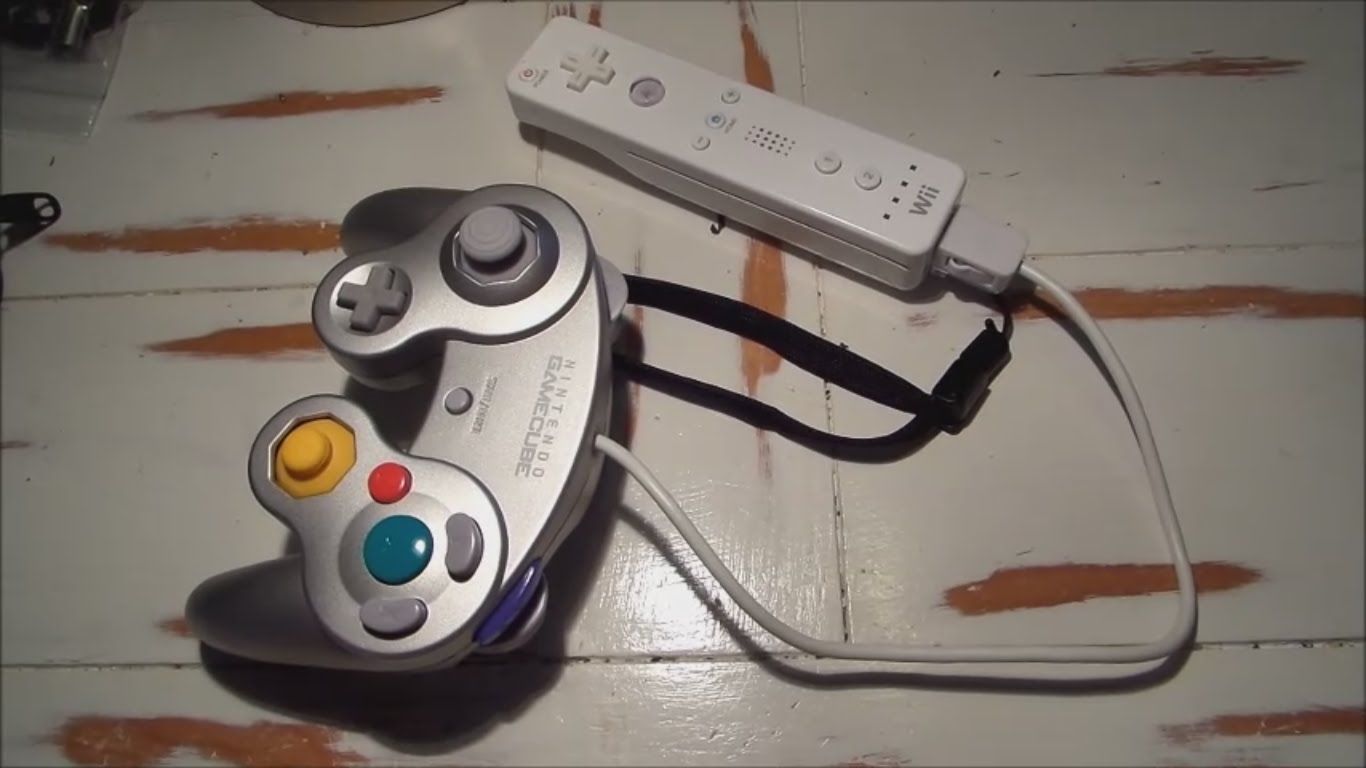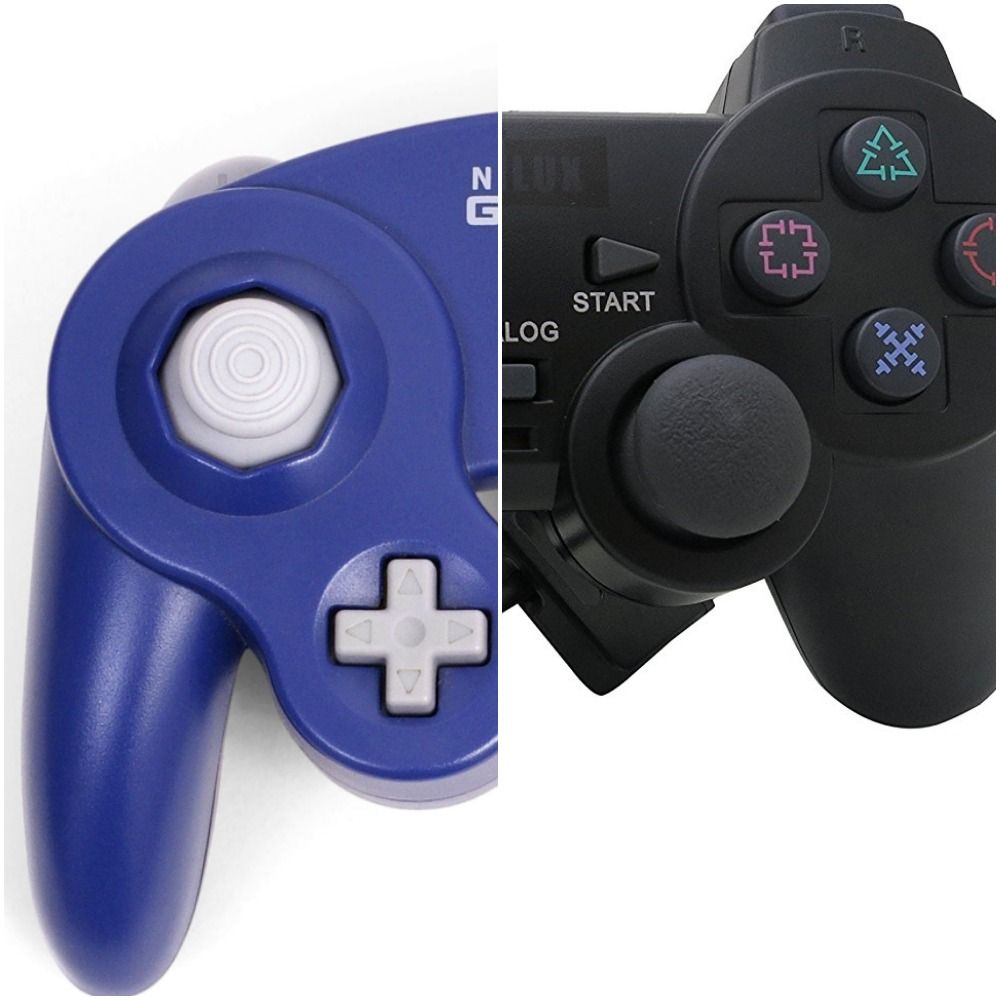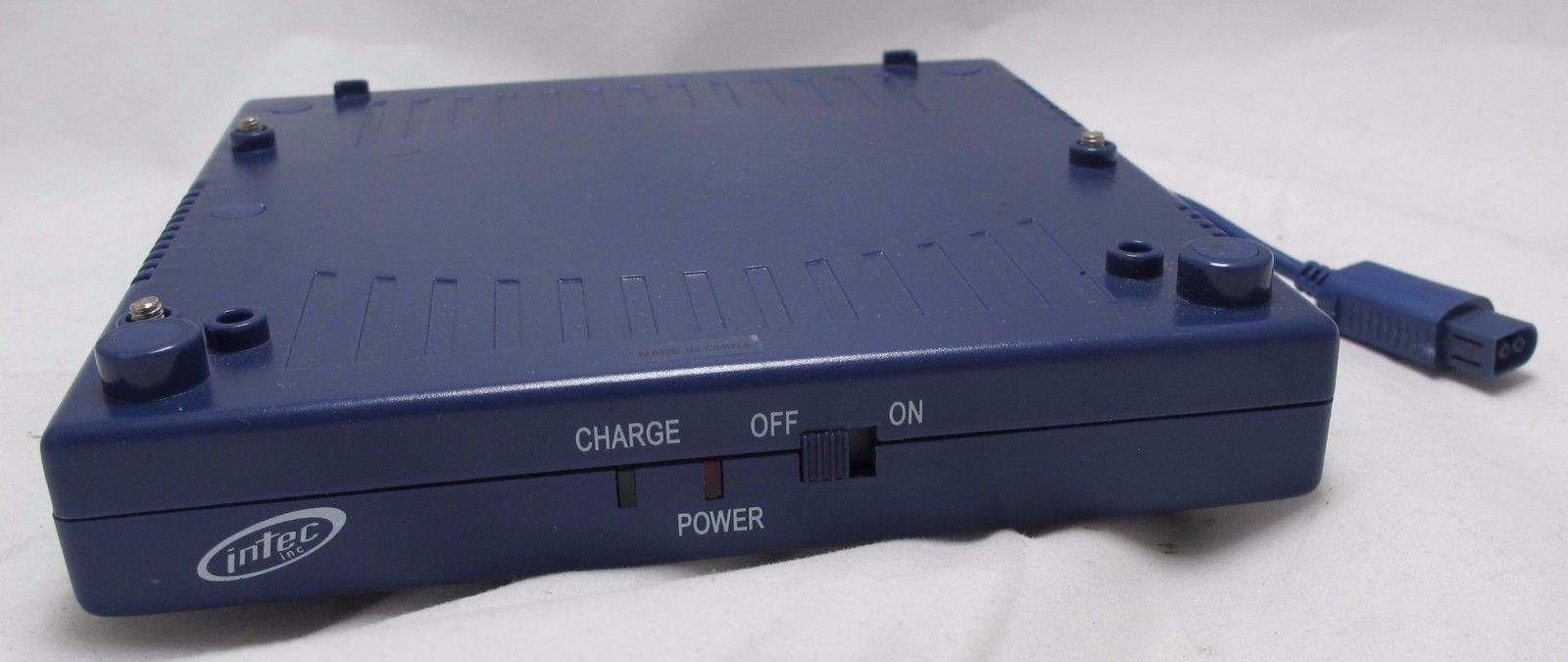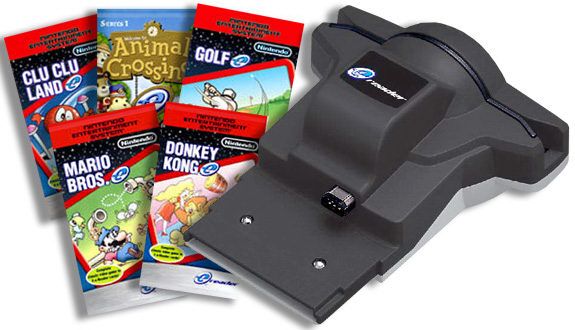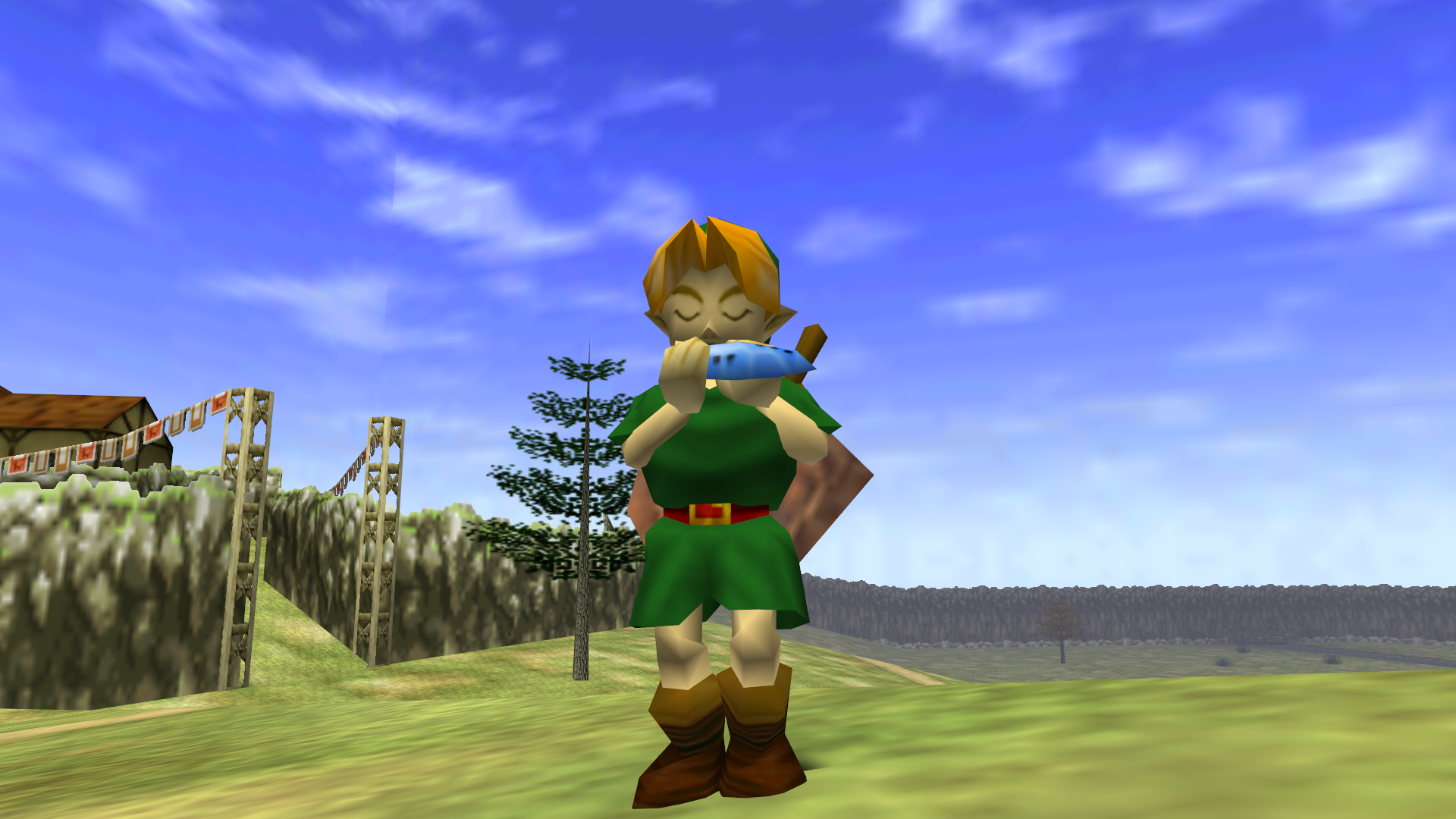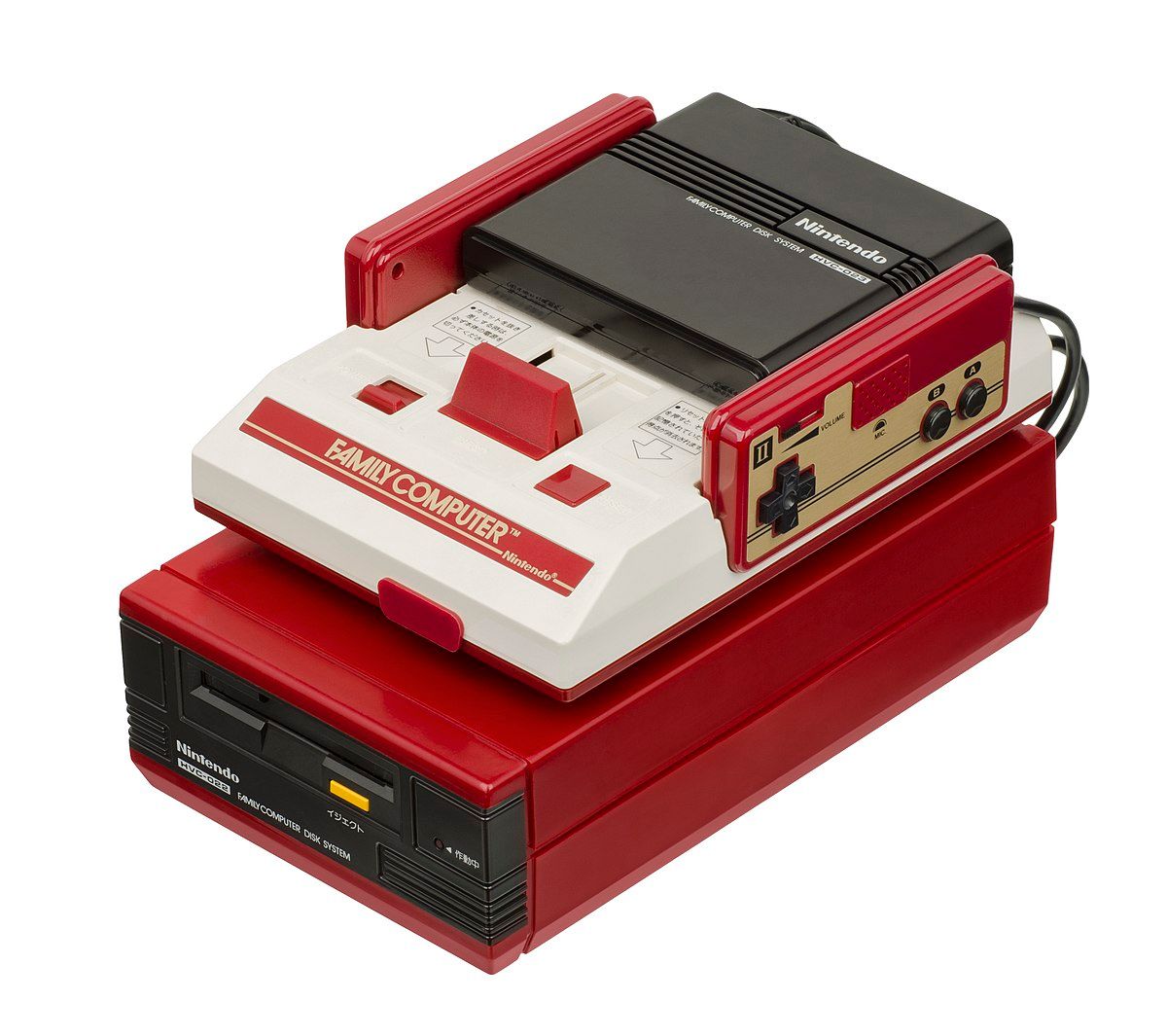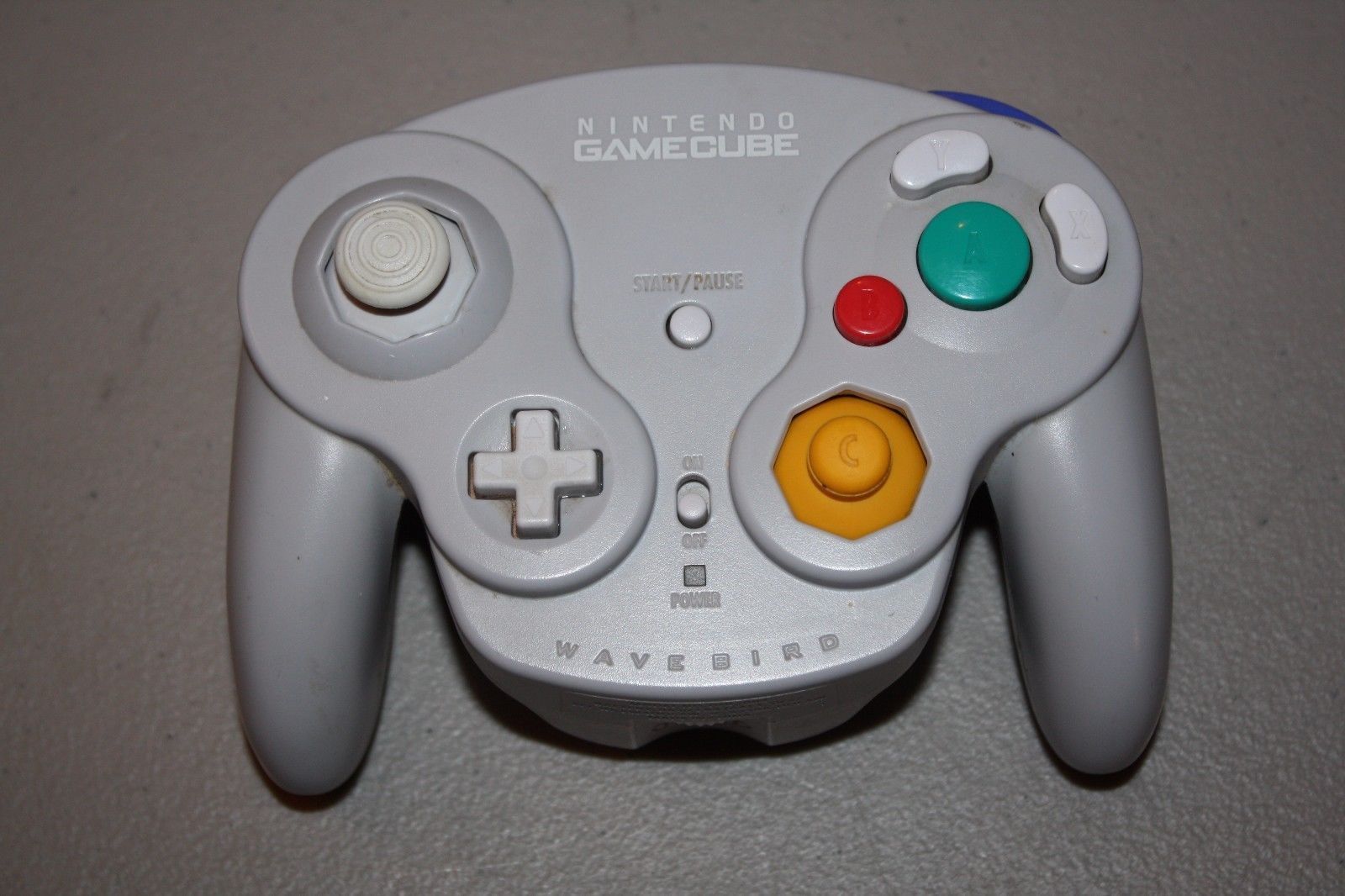Released in 2001, the GameCube was Nintendo's sixth-generation console and the highly anticipated successor to the Nintendo 64. In many ways, it ushered in a new era for the Japanese company, introducing optical discs and a slew of other exciting accessories and features. While the console failed to take the market by storm, selling under 25 million during its entire run, most fans remember the GameCube fondly. Games like Super Smash Bros. Melee, Super Mario Sunshine, and The Legend of Zelda: The Wind Waker ensured the console had enough big titles to make buying one worthwhile.
The GameCube's failure to launch is kind of surprising, considering Nintendo priced it at $100 cheaper than the PlayStation 2 or Xbox. Considering Sony's console is the best selling platform of all time, and Microsoft's gaming brand was still unknown at the time, the GameCube should have performed better. While Nintendo introduced optical discs to attract third-party publishers, something which was not feasible with the N64, consumers just were not all that interested.
The PlayStation 2 and Xbox included DVD players, providing another incentive for families looking to set up a home entertainment system. Considering Nintendo seemed to prioritized accessibility over processing power during their Wii period, we wonder whether Sony's earlier success ended up influencing the future direction taken by the Japanese company.
The GameCube is actually no slouch when it comes to nifty accessories and surprising features. For this article, let us take a quick look at 15 Cool things you had no idea the GameCube can do.
15 The GameCube Did Have A DVD Player! Sort Of...
Realizing that Sony was making all of the money during the sixth generation, Nintendo tried to steady the ship by copying one of their competitor's main gimmicks - a DVD player. This generation was around the time that consoles started to be seen as more than just a way to play games, instead offering fun for the whole family. In Japan, a version of the GameCube was released - called the Panasonic Q - that included a DVD player. Actually, as Panasonic manufactured the device, it was more of a DVD system which could also play GameCube games. Priced at ¥39,800, which translates to $439, the Panasonic Q was pretty expensive for both markets. Production ceased just two years later, with the device never being made available for Western audiences.
14 The Game Boy Advance Home Console
Before Nintendo decided to cut out the middle-man and release a home/handled console hybrid, they offered the next best thing with the GameCube. Owners of a Game Boy Advance could experience their 32-bit catalog on the glorious big screen, as long as they owned a Nintendo GameCube Game Boy Player. As the home console did not include backward compatibility, as a result of the hardware change to optical discs, this accessory allowed for any portable game released at the time to be played. Once plugged in, the image would transfer to the TV screen — an entire concept Nintendo seems intimately acquainted with thanks to the Nintendo Switch in 2017.
13 Something Nintendo Almost Realised
In terms of online play, Nintendo took awhile to really get up to speed. Due to not releasing particularly powerful consoles for the seventh and eight generations, they missed out on some huge multiplayer only games like Overwatch and The Elder Scrolls Online. The thing is the Japanese Company must have realized the importance of online play, as broadband and modem adapters were made for the GameCube. Four titles could be played over the internet, although Phantasy Star Online made up three of them and Homeland was a Japan-only exclusive. Mario Kart: Double Dash!!, Kirby Air Ride, and 1080° Avalanche also supported multiplayer via a LAN connection. With games like Splatoon proving to be cash cows for the publisher, we doubt Nintendo will ever underestimate the multiplayer market again.
12 TVs Are For Schmucks
Once again following in Sony's footsteps, a variety of third-party LCD screens were made available for Nintendo's GameCube. Like the accessory for the PlayStation One, the screen could be attached to the top of the console, allowing for games to be played without a TV. Depending on which version was purchased, the attachment came with a variety of functions: including a power-adapter for the car, built-in speakers, and a headphone jack. There were quite a few models available, with the 5-inch Intec screen probably being the best, so the overall experience varied from customer to customer. As Nintendo would later experiment with built-in screens for the Wii U and Switch, they clearly must have thought this was a pretty cool feature.
11 Everything Is Better IN 3D!
For the most part, the gaming industry has shied away from this gimmick. As movies continue to spike up ticket prices by tacking on 3D during post-production: only a select few of games, like Gran Turismo 5 and Gears of War 3, are compatible with the technology. After the spectacular failure that was the Virtual Boy, you would think that Nintendo would be the last company to even consider a return to the third dimension. Well, not exactly, as the GameCube incorporated the technology required for a Stereoscopic 3D gaming experience. Nintendo just did not consider it an avenue worth exploring at the time, believing players would be unwilling to wear glasses in-doors for lengthy sessions. With barely any 3D games released for their later consoles, their stance on the technology does not seem to have changed.
10 Start-Up Easter Eggs
It is never too early to include a surprise for fans, something Nintendo seemed to understand with their follow-up to the N64. During the GameCube's start-up, two hidden sounds can be triggered by the player. The first one is launched when a controller is plugged into port 1 and the "Z" button pressed during the initial power up. If done correctly, this results in a weird squeaking sound and some childlike laughter. Honestly, it is nowhere near as creepy as that sentence makes it sound. The second sound required a bit more work, as the same steps need to be followed using four controllers. For those with friends or really long fingers, a Japanese instrumental would play after pressing the four buttons.
9 The Keyboard Controller
Depending on who you ask, this is either the coolest or dumbest looking controller ever released for a Nintendo console. In our case, we firmly belong to the former group. Just look at it! Who does not want a GameCube controller as their keyboard? This peripheral was compatible with Phantasy Star Online (version 2), to allow players to communicate with each other by typing. As this is an official product, it is well-made and works great for its intended game. Unfortunately, as the servers for Sega's MMO closed down years ago, this badass accessory has been reduced to a collector's item. While adapters exist to attach the controller to the PC, third party software would be needed to get it running and it is not really recommended.
8 Motion Control Before The Wii
Nintendo hit the jackpot with The Wii. The motion-sensing wand controller might have seemed like a gimmick, but it established the console as something different from what Sony or Microsoft were offering. While this decision was not universally loved, motion control felt futuristic at the time, presenting Nintendo as trendsetters within the industry. The GameCube lacked that spark of innovation, that one selling point to aid the marketing team, resulting in less than stellar sales. Surprisingly, Nintendo considered including motion control into the console, going as far as to patent the device. During a 2007 interview with GameReactor, Factor 5's Julian Eggebrecht explained they were tasked with working on motion control for Rogue Leader: Rogue Squadron II.
7 Not A Fan Of The Controller? Use The DualShock 2 Instead
Ah! It is hard to not love third-party accessories, especially ones which help bring the consoles closer together. The GameCube controller might be pretty great, but the ugly design could easily put some people off. Thankfully, adapters were released to allow a PlayStation controller to be plugged and used on Nintendo's console. Pretty much all the games worked with the DualShock, although it felt kind of wrong to play Super Mario Sunshine with anything other than the intended device. Like we were cheating or something. Still, this is a fantastic little accessory, as the GameCube was home to arguably the most polarizing controller of all time. This idea proved popular enough that versions for the Wii and Wii U were also released.
6 GameCube On The Go
With the LCD screen already available, the only thing Nintendo's sixth generation console needed to be a legitimate portable device was an internal power source. As there apparently was a big enough demand for such a device, Intec stepped in with a battery pack for the GameCube. This pretty expensive peripheral could be attached to the bottom of the console, allowing for gaming on the go. After being charged for half a day, which is the time required for a full battery, players could enjoy a whopping two hours of portable gaming. This might not seem like a particularly impressive feat, but considering the Nintendo Switch can only last an hour or two longer, it was better than nothing. Once the LCD screen and battery pack were attached, players could enjoy the bulkiest portable device on the market.
5 Secret Areas And E-Cards
The e-Reader was a device released by Nintendo primarily for the Game Boy Advance, although it was compatible with some GameCube titles. This accessory has an LED scanner, which could read data off special paper cards created by Nintendo. Once attached to the console, these e-cards could be used to unlock secret items, levels, or mini-games. Pokemon Colosseum was one game which incorporated this add-on, as there is a secret door at Phenac City's Colosseum which leads to a special area if the e-Reader is used. This unlocks additional trainers to fight and some new Shadow Pokemon to catch. Say what you want about modern DLC, at least companies stopped asking players to buy an additional piece of hardware to access the content.
4 Memories Of Zelda
The Legend of Zelda: Ocarina of Time and Majora's Mask are two of the best games ever released and played a huge part in establishing the Nintendo 64 as a must buy console. Once the next generation rolled by, everytime someone turned on the GameCube they were given a subtle reminder of Nintendo's former greatness. The start-up animation and menu include a soft reflection taken directly from the action-adventure titles. In the Zelda games, this texture file was used for shiny items and the logo, so players saw it often enough to have it ingrained in their subconscious. A cool little easter egg for those with a sharp enough eye to notice, while providing a constant reminder of Nintendo's impressive track record.
3 A World Class Service
Technology is great, ain't it? At least, when the damn thing actually works! Any gamer who ever found themselves faced with a red ring of death knows what it means to feel truly helpless. If only there was some kind of maintenance disc designed specifically to fix these issues! As always, for a short period of time, Nintendo had us covered. The GameCube Service Disc was used by Nintendo World Class Service to diagnose problems with the console or its accessories. The Game Boy Advance could also be checked if it happened to be attached to the GameCube. While a cool little idea, the service did not even manage to last the console's entire lifecycle, as only older models can load it.
2 Music Makes The World Go Round
At first, the music played while on the GameCube's menu screen seems like a one of a kind and instantly identifiable jingle, but it is not actually as original as one might assume. Speed up that bad boy by twenty-five times, and it turns into the theme from the Famicom Disk System BIOS startup screen. The Famicom was a family computer released in Japan by Nintendo during the early 80s, with the Disk System launching a few years later as a peripheral. Using a disk-format for games, the accessory was ahead of its time, receiving a decent amount of support in Japan. With Nintendo returning to discs for the GameCube, this reference could not have been more fitting.
1 Wireless Controller
Nowadays, wireless is the way to go, with consoles including one at launch. During the good old days of the sixth generation, this was hardly the case. Originally introduced by Atari for their 2600 console, the concept gained prominence mostly due to the GameCube's WaveBird controller. This was an official accessory designed by Nintendo and an important landmark in the crucial wired vs wireless debate. As the games were largely unaffected by the switch, showing only minor input lag when not wired, the WaveBird demonstrated that wireless was a legitimate alternative. The controller also had an eye-catching design and an impressive enough battery life, ensuring that cords were a thing of the past.

